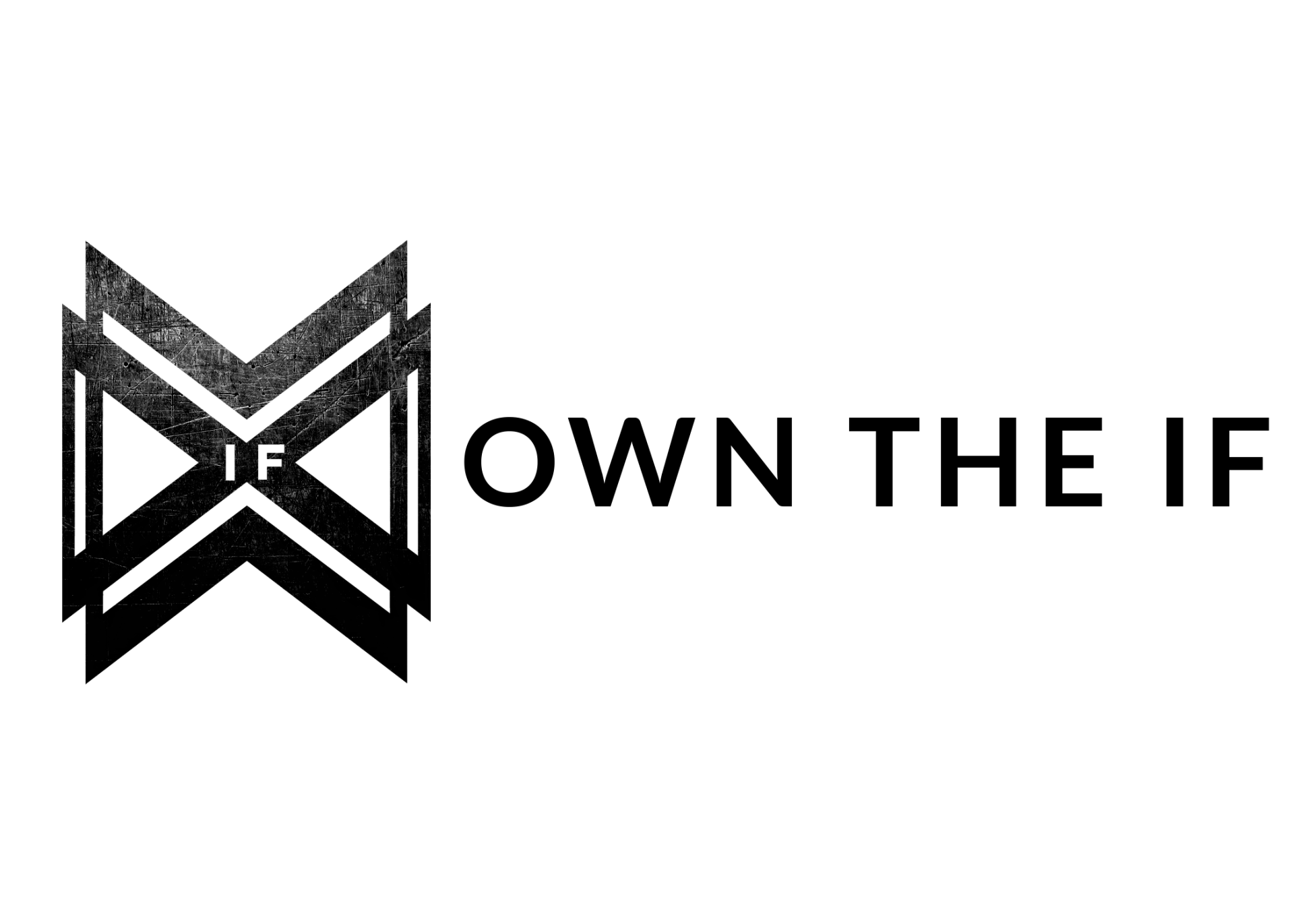We all know this scenario…
You open your laptop—14 tabs stare back.
Your phone dings. Slack’s lighting up.
You still haven’t booked the dentist, responded to your friend’s text, or taken your supplements.
The dishwasher’s half-full. The laundry’s not folded.
And the day hasn’t even started yet.
Sound familiar?
It’s usually not the big stuff that breaks us.
It’s the micro-friction—the slow creep of tiny, undone tasks that drain your energy and make life feel heavier than it should.
Earlier this year, I wrote about a mental model called Monkeys and Pedestals—how we tend to delay the hard part of a goal by focusing on the safe, easy stuff.
This week’s tactic is the micro-version of that trap.
Because sometimes, we’re not avoiding the mountain—we’re just avoiding the 3-minute task that’s annoying enough to stall us.
So here’s how I’ve been dealing with it lately.
The Science Behind Why Tiny Tasks Feel Bigger Than They Are
Let’s get nerdy.
Your brain has a bias called effort discounting—it undervalues tasks when the perceived reward feels too small for the energy required (Botvinick et al., 2009; Westbrook & Braver, 2015).
That’s why:
- A 2-minute stretch feels skippable.
- Sending a quick email feels like a chore.
- Refilling your water bottle somehow feels like a lot.
- Chips and salsa feel like an easier lunch than chopping veggies.
If the task won’t deliver a dopamine hit or a clear payoff, your brain whispers,
“Eh… later.”
But delaying it doesn’t make it disappear.
Every tiny task left undone becomes a silent background process—an open loop your brain keeps tabs on.
That’s the Zeigarnik Effect at work: your brain clings to unfinished tasks far more than completed ones (Zeigarnik, 1927).
Each of those “I’ll get to it” thoughts creates mental clutter. It increases cognitive load, pulls focus, and makes you feel off—even when nothing major is happening.
You end up operating like a laptop with too many tabs open.
Slower. Distracted. Overheating.
Not because you’re doing too much—but because nothing is fully done.
This is the hidden cost of micro-procrastination.
But here’s how I’ve been fighting back—and maybe it’ll help you too.
Because our brains weren’t built to juggle a dozen undone things forever—and we don’t have to.
The Tactic: The 3-Minute Rule
You’ve probably heard of the 2-Minute Rule from David Allen’s Getting Things Done:
I love the idea. But I’m a rebel at heart—and I like to make my own rules.
So I stretched it to 3 minutes. (Yep, one whole minute longer.)
It gives me just enough margin to get traction without tipping into avoidance.
Why 3 Minutes?
Honestly? Because 2 minutes felt too short—barely enough time to find the thing you need to do the thing.
And 5 minutes felt like a trap. That’s not a quick task—that’s a project. You might need a playlist. Maybe a snack. Definitely a pep talk.
So I went with three.
It’s my favorite number, and it felt like just enough time to make a dent—without turning it into a whole thing.
There’s no fancy science behind it.
No link to peak brainwaves or circadian rhythm hacks.
It just worked.
You can call it whatever you want:
- The 1-Minute Rule (for the bold)
- The 4-Minute Rule (for the procrastinating overachiever)
- The “Whatever-Minute-Doesn’t-Make-You-Stall” Rule
The number doesn’t matter.
What matters is closing the loop and getting your brain out of buffering mode.
Putting the 3-Minute Rule into Action
Option 1: Handle It Now
If it takes 3 minutes or less, do it now:
- Refill your water
- Text your client
- Toss the trash
- Take the supplement
- Book the appointment
- Write down the idea before it disappears
Each one clears mental clutter and reinforces one powerful identity: I follow through.
Option 2: Batch the Loose Ends
If you’re deep in work or in the middle of real life, don’t derail—just capture.
Here’s how:
- Keep a “Loose Ends” list (on your phone, sticky note, etc.)
- Block 10–15 minutes once or twice a day to tackle them
- Set a timer
- Rapid-fire your way through as many 3-minute tasks as you can
These windows protect your focus, give you structure, and let you finish the day lighter.
Bringing It Home
The Monkeys and Pedestals model reminds us:
The 3-Minute Rule is how we stop the energy leaks on a smaller scale.
You don’t need a new planner.
You don’t need a color-coded life system.
You just need to close a few tabs.
This week:
- Handle it now, if you can.
- Batch it later, if you must.
- But don’t let the little things rule your headspace.
Start where you are.
Use what you’ve got.
Three minutes. One task. Let’s go.


